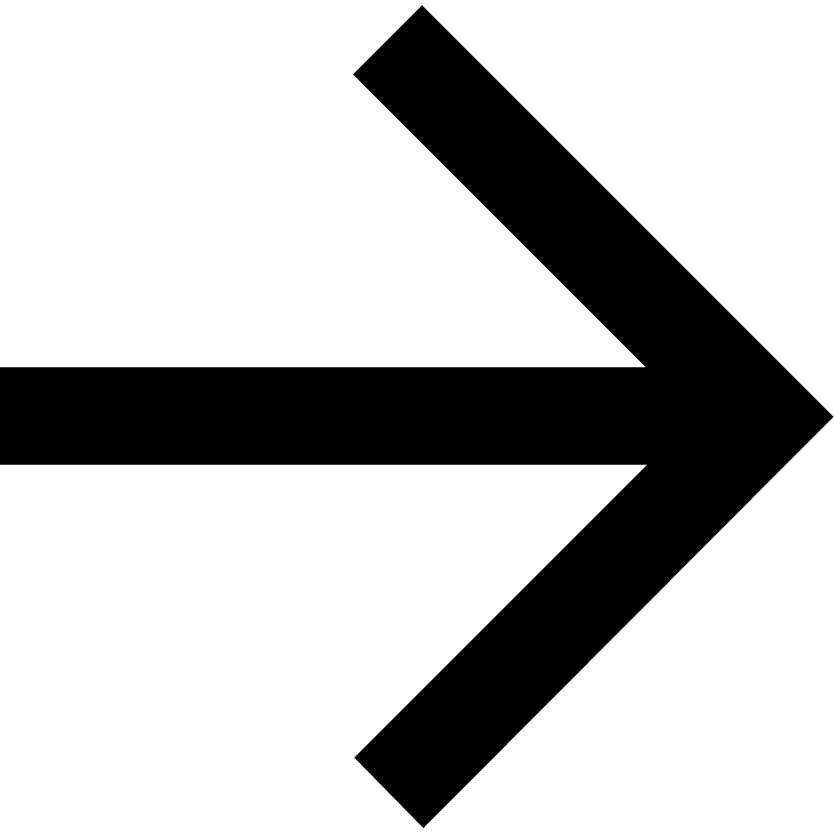


Gruppenausstellung
Trespassing – Konturen räumlichen Handelns
13.9. – 3.11.2002
The exhibition project Trespassing – Shaping Spatial Practices discusses approaches which understand architecture to be a constructive, cultural, social and political practice. Contemporary architectural production is characterised by the development of new tasks, work methods and forms of organisation which make it impossible to persist in perceiving architecture as a “holistic” activity delimited from other disciplines. Present-day architectural practice is increasingly determined by small, independent operational units active within extremely dense networks, in changing constellations, often in an interdisciplinary, sometimes in a nomadic and transnational way. Multiple authorship, joint control over technical know-how and infrastructure, updates via collective networks, interdisciplinary knowledge exchange and areas of work are accompanied by strong individual differentiation and a high degree of specialisation.
The new operational mode also implies a re-orientation of the contents. The individual architectural approaches can hardly be attributed to superimposed stylistic, theoretical or ideological movements any more. Which strategies do architects develop in a situation in which they can only rely on particular relevance, and no longer on the invention of utopian entities, in order to develop an active stance? How do small teams, with accordingly limited capacities, react to increasingly complex tasks without becoming mere service providers for a diversified architectural market, or succumbing to the construction of short-lived trends and “brands”? How is space approached and modelled as social, medial, private and collective space, as process-oriented, integrative and therefore controversial space?
The exhibition project Trespassing –Shaping Spatial Practices approaches these issues by establishing a producers’ forum and investigating the potentials of contemporary production conditions. In preparation for the exhibition, strategies, methods and contents were reflected in studio interviews, and discussed in a joint workshop with theoreticians from various fields. This multi-stage research and feedback process was the foundation of the collectively developed exhibition at the Secession.
The exhibition demonstrates the specific work methods of the participating architects/teams at two different levels: the realisation of the exhibition design on the one hand, and the presentation of existing projects as work archives on the other hand.
The display needed for the exhibition was designed by elements in a work-sharing process among the participating teams, mutually negotiated and developed further. The distinct, communicating projects comprehend, amongst other things, a text and video library, a lounge and various communication platforms, as well as the development of a guiding system for visitors, and the evolution of both topographical and conceptual convergences between the Secession and public/medial space. At the same time an example of individual positioning and a result of co-operation, the sum of the projects indicates two paradoxical trends in contemporary architectural production: the fragmentation of the discipline, and the simultaneous (search for) networking among individual architects/teams. Situated at the interface between experimental artistic intervention and functional tasks, the projects oscillate between coherent universes and a service-oriented existence.
The specifics of the individual approaches to architectural issues also determine the selection of existing projects and archive materials by the architects/teams. Contrary to conventional project presentations, the emphasis is not placed on communicating the results, but instead, process documentation and (formal) heterogeneity are consciously favoured so as to indicate underlying parallels of production, such as transgression into other disciplines. The exhibition thus not only traces the marks of a continually changing, fragmented architectural landscape, but also opens our eyes to common features and correlations.










